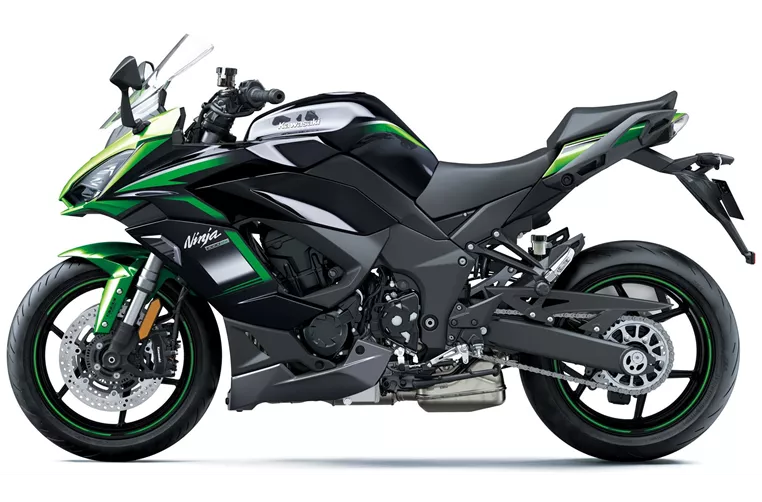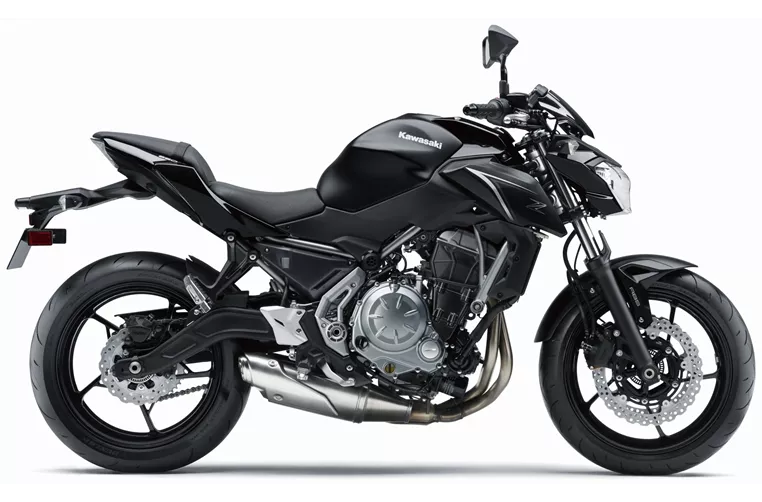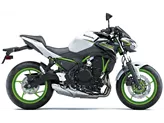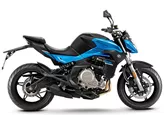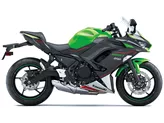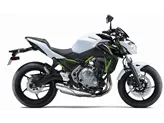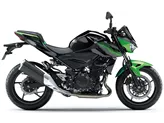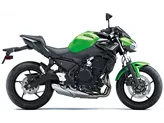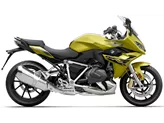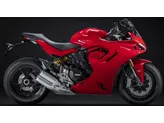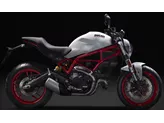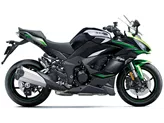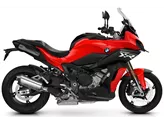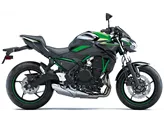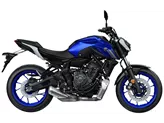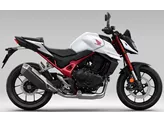Kawasaki Ninja 1000SX 2021 vs. Kawasaki Z650 2017
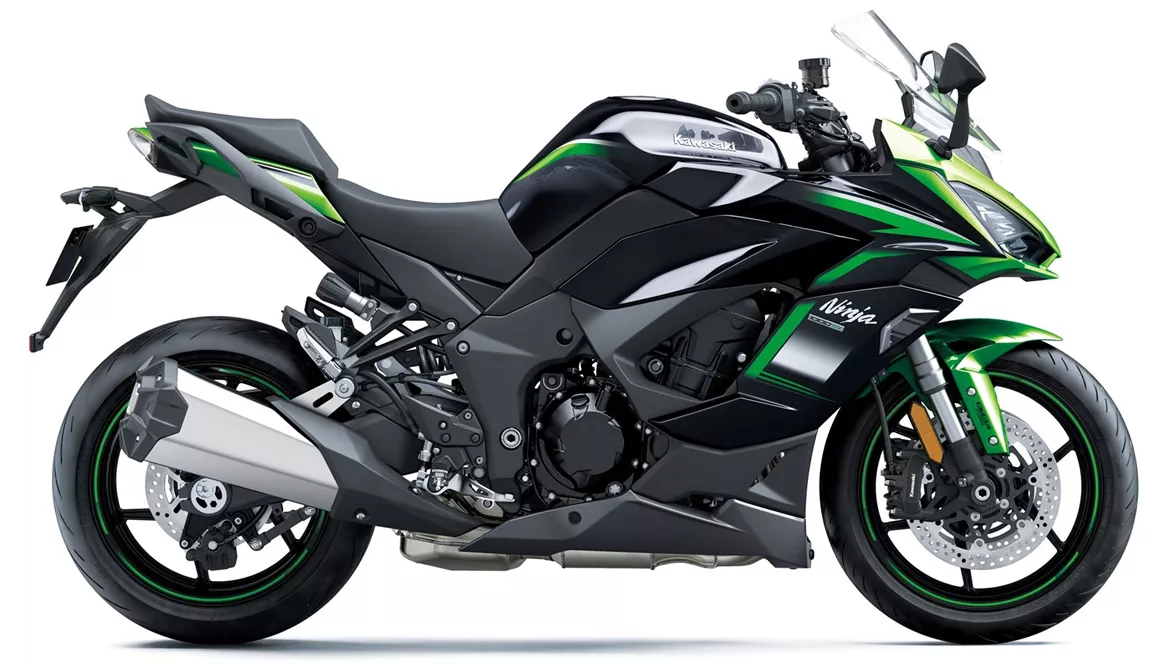
Kawasaki Ninja 1000SX 2021
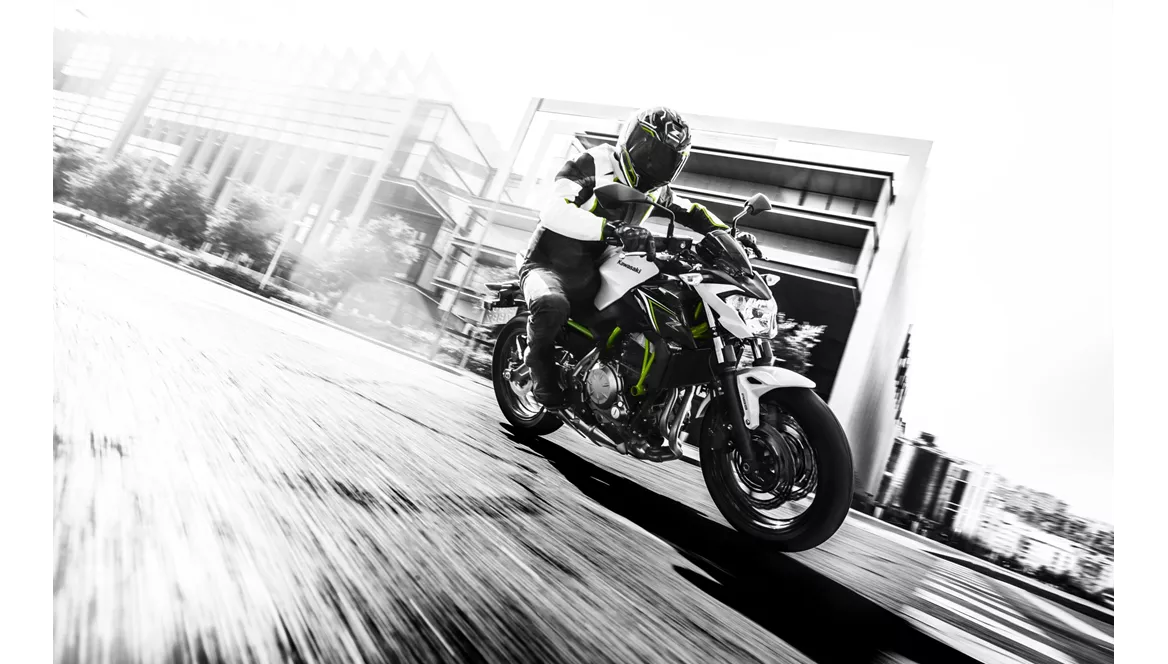
Kawasaki Z650 2017
Vue d’ensemble - Kawasaki Ninja 1000SX 2021 vs Kawasaki Z650 2017
The Kawasaki Ninja 1000SX 2021 and the Kawasaki Z650 2017 are both impressive motorcycles, but they have distinct differences in terms of performance, features, and design.
Starting with the engine and drive train, the Ninja 1000SX 2021 boasts a powerful in-line four-cylinder engine that delivers an impressive 142 HP and 111 Nm of torque. On the other hand, the Z650 2017 features a smaller in-line two-cylinder engine with 68.2 HP and 65.7 Nm of torque. The Ninja 1000SX 2021 clearly has a significant advantage in terms of power and performance.
In terms of fuel system and transmission, both motorcycles feature fuel injection and chain drive systems, ensuring efficient fuel delivery and smooth power transmission. However, the Ninja 1000SX 2021 has the advantage of having four cylinders compared to the Z650 2017's two cylinders, resulting in a more refined and powerful performance.
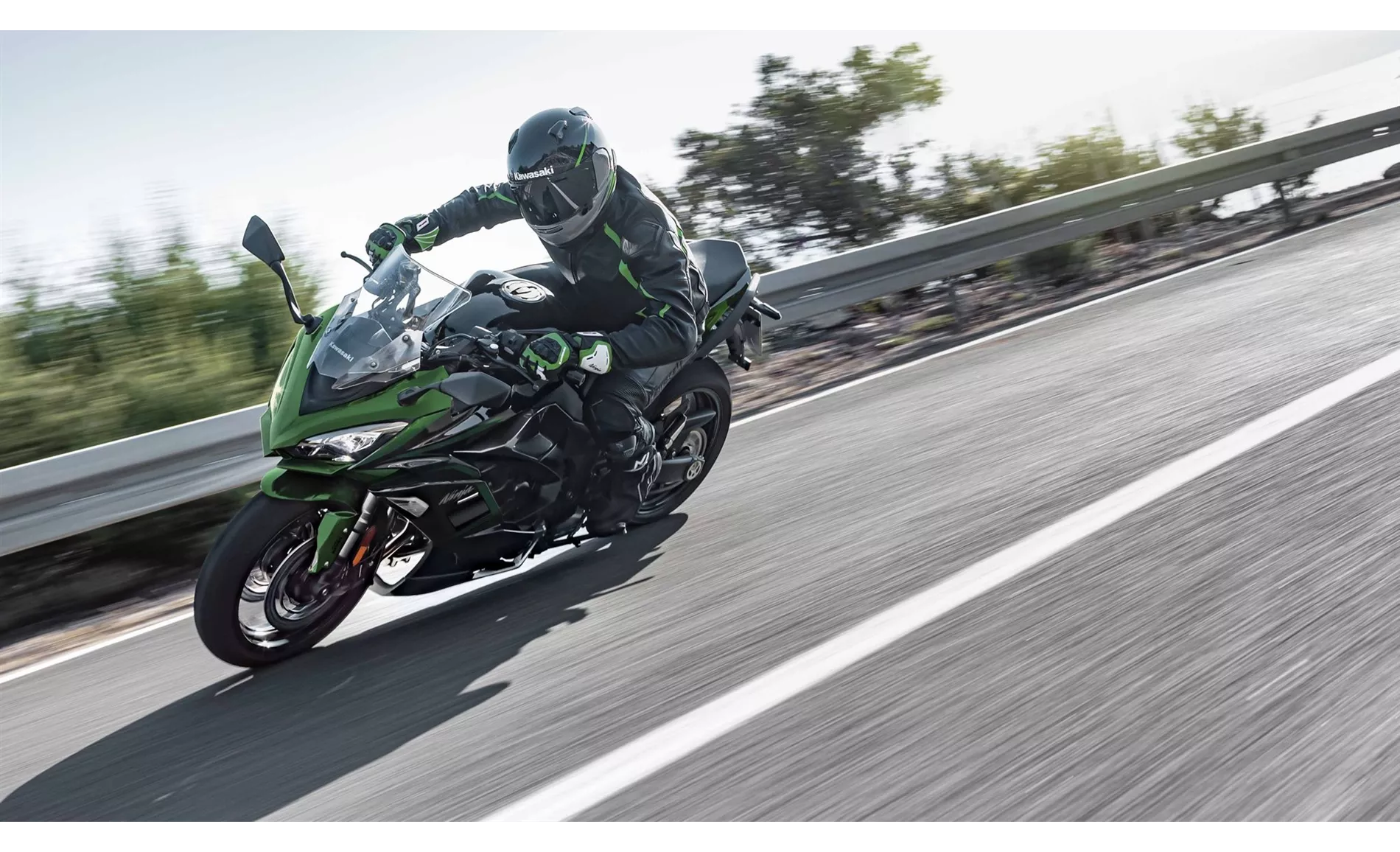
Kawasaki Ninja 1000SX 2021
When it comes to suspension, the Ninja 1000SX 2021 is equipped with an upside-down telescopic fork on the front and a swing arm with a monoshock on the rear. The suspension travel is 120 mm on the front and 144 mm on the rear, and it offers adjustment options for compression, preload, and rebound. On the other hand, the Z650 2017 features a telescopic fork on the front and a swing arm with a monoshock on the rear. The suspension travel is 125 mm on the front and 130 mm on the rear, with only preload adjustment available. Both motorcycles provide a comfortable and stable ride, but the Ninja 1000SX 2021 offers more advanced suspension features and adjustability.
In terms of chassis, the Ninja 1000SX 2021 features an aluminum frame, providing a lightweight yet rigid structure for enhanced stability and maneuverability. On the other hand, the Z650 2017 has a steel frame, which may not be as lightweight as aluminum but still offers good stability and durability.
When it comes to braking, both motorcycles are equipped with double disk brakes on the front with a diameter of 300 mm. However, the Ninja 1000SX 2021 has four-piston calipers and utilizes radial, monoblock, and petal technology, ensuring excellent stopping power and heat dissipation. The Z650 2017, on the other hand, has double-piston calipers and utilizes petal technology. While both motorcycles offer reliable braking performance, the Ninja 1000SX 2021 has the advantage of more advanced braking technology.
In terms of advanced rider assistance systems, the Ninja 1000SX 2021 comes with a comprehensive package including ABS, riding modes, cornering ABS, ride by wire, quickshifter, and traction control. On the other hand, the Z650 2017 only features ABS. The Ninja 1000SX 2021 clearly offers more advanced and sophisticated rider assistance systems, enhancing safety and performance.

Kawasaki Z650 2017
In terms of dimensions and weights, the Ninja 1000SX 2021 has a front tire width of 120 mm and a rear tire width of 190 mm, both with a diameter of 17 inches. It has a wheelbase of 1440 mm, a seat height of 834.98 mm, and a kerb weight (with ABS) of 235 kg. The Z650 2017, on the other hand, has a front tire width of 120 mm and a rear tire width of 160 mm, also with a diameter of 17 inches. It has a slightly shorter wheelbase of 1410 mm, a lower seat height of 790 mm, and a lighter kerb weight (with ABS) of 187.1 kg. Both motorcycles offer good stability and maneuverability, but the Ninja 1000SX 2021 has a slightly larger wheelbase and a higher seat height, which may be more suitable for taller riders.
In terms of fuel tank capacity, the Ninja 1000SX 2021 has a larger capacity of 19 liters, allowing for longer rides without frequent refueling. The Z650 2017, on the other hand, has a smaller capacity of 15 liters.
To summarize, the Kawasaki Ninja 1000SX 2021 and the Kawasaki Z650 2017 are both impressive motorcycles, but they cater to different riding styles and preferences. The Ninja 1000SX 2021 offers a more powerful engine, advanced rider assistance systems, and a more refined overall performance. It is a sport touring motorcycle with comfortable yet sporty ergonomics, wind protection, and a full fairing for stability. On the other hand, the Z650 2017 is a naked bike with a sporty chassis, compact dimensions, and a simpler feature set. It may be more suitable for riders who prefer a more agile and nimble riding experience.
Caractéristiques techniques Kawasaki Ninja 1000SX 2021 par rapport à Kawasaki Z650 2017
Avantages et inconvénients en comparaison
Avantages et inconvénients en comparaison
Kawasaki Ninja 1000SX 2021
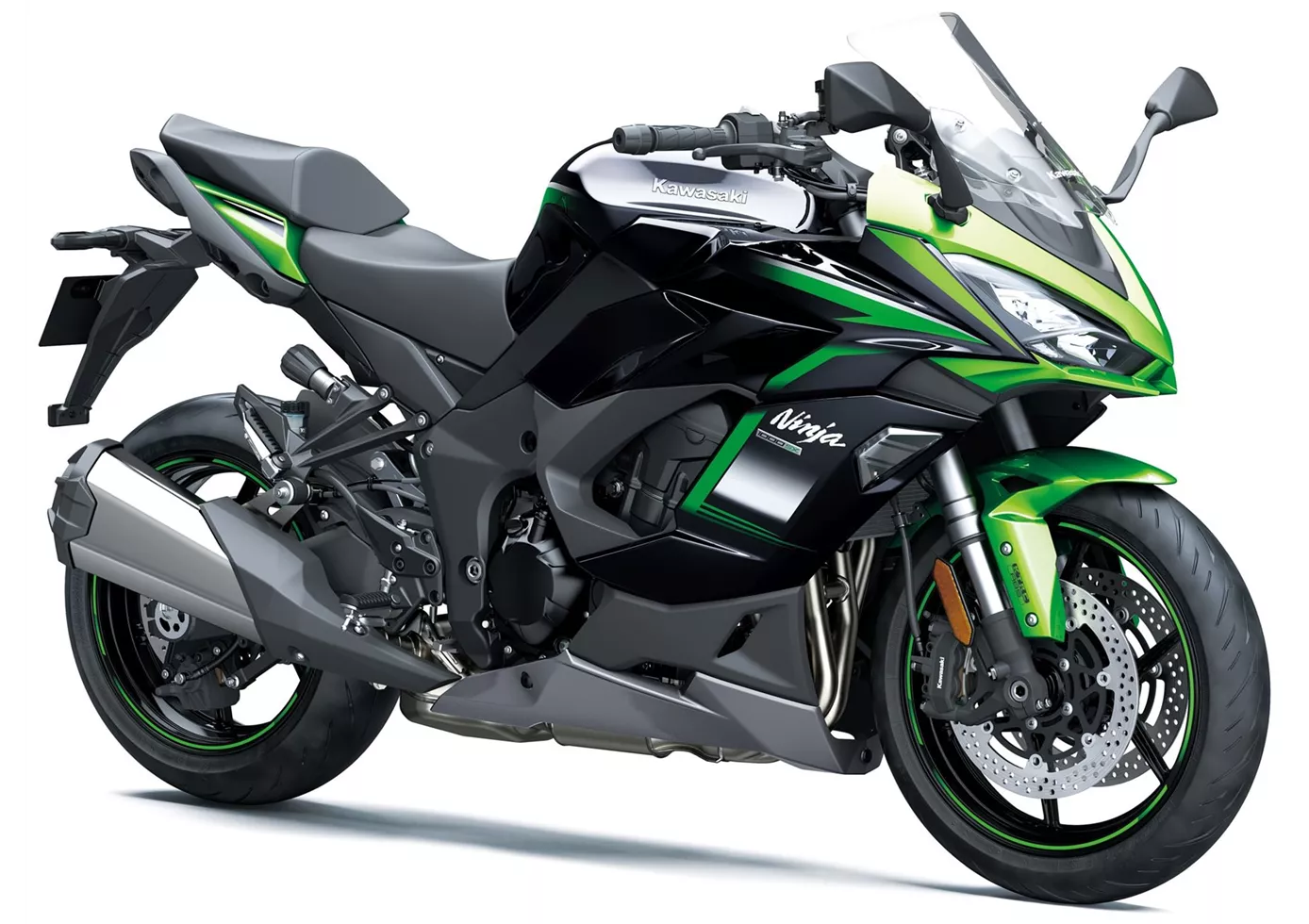
Une moto de tourisme sportive de la vieille école. La Kawasaki Ninja 1000SX remplit tous les points que l'on attend de cette catégorie de motos. À cela s'ajoute un pack électronique complet qui offre tout ce que l'on pourrait souhaiter en voyage - et ce sans supplément de prix ! On lui pardonne le fait que la commande ne soit peut-être pas aussi intuitive que celle de la concurrence, au plus tard lorsqu'on jette un coup d'œil à l'étiquette de prix.
Kawasaki Z650 2017
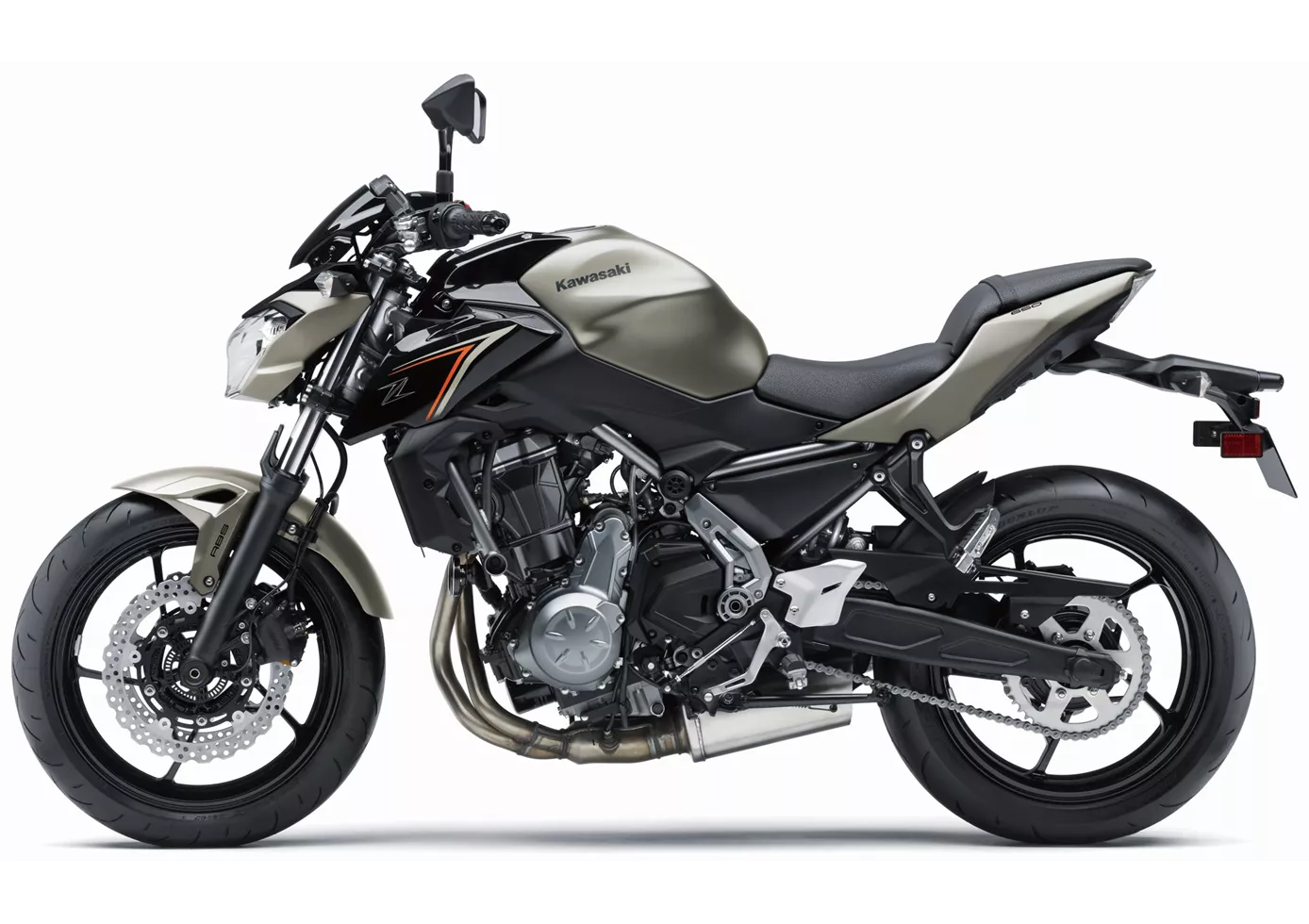
Dans la catégorie moyenne, la Kawasaki Z 650 est le tuyau pour les pilotes de petite taille. Sur ses dimensions compactes, les géants ne se sentiront probablement pas plus à l'aise. Des sentiments qui réchauffent le cœur se dégagent toutefois du moteur, qui enthousiasme par ses reprises très régulières. Du côté du châssis, on a opté pour une configuration ferme typique de Kawasaki, qui trouve un super compromis au quotidien. L'écran négatif est très lisible et rappelle celui de la précédente ER-6n - très joli !
Comparaison des prix Prix moyen du marché Kawasaki Ninja 1000SX vs Kawasaki Z650
There are a few key differences between a Kawasaki Ninja 1000SX 2021 and a Kawasaki Z650 2017. In terms of price, the actual average price of a Kawasaki Ninja 1000SX 2021 is about 111% higher. Compared to Kawasaki Z650 2017 there are more Kawasaki Ninja 1000SX 2021 bikes available on the 1000PS.de Marketplace, specifically 14 compared to 11. It takes less time to sell a Kawasaki Z650 with 76 days compared to 118 days for the Kawasaki Ninja 1000SX. Since model year 2020 1000PS.de editors have written 13 reviews for the Kawasaki Ninja 1000SX and 31 reviews for the Kawasaki Z650 since model year 2017. The first review for the Kawasaki Ninja 1000SX was published on 11/5/2019 and now has more than 40,500 views. This compares to more than 25,000 views for the first review on Kawasaki Z650 published on 11/8/2016.
